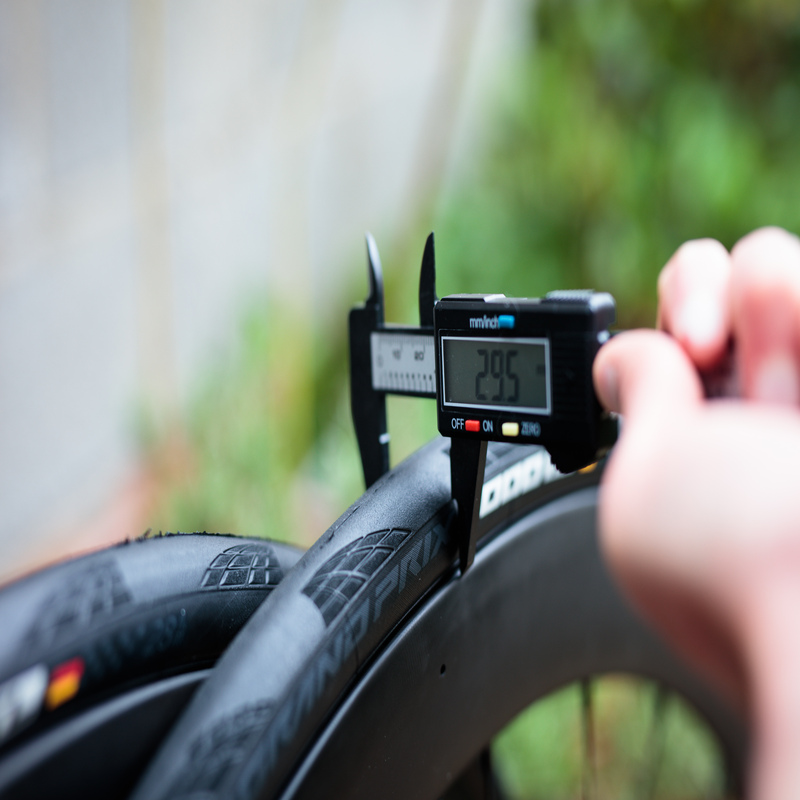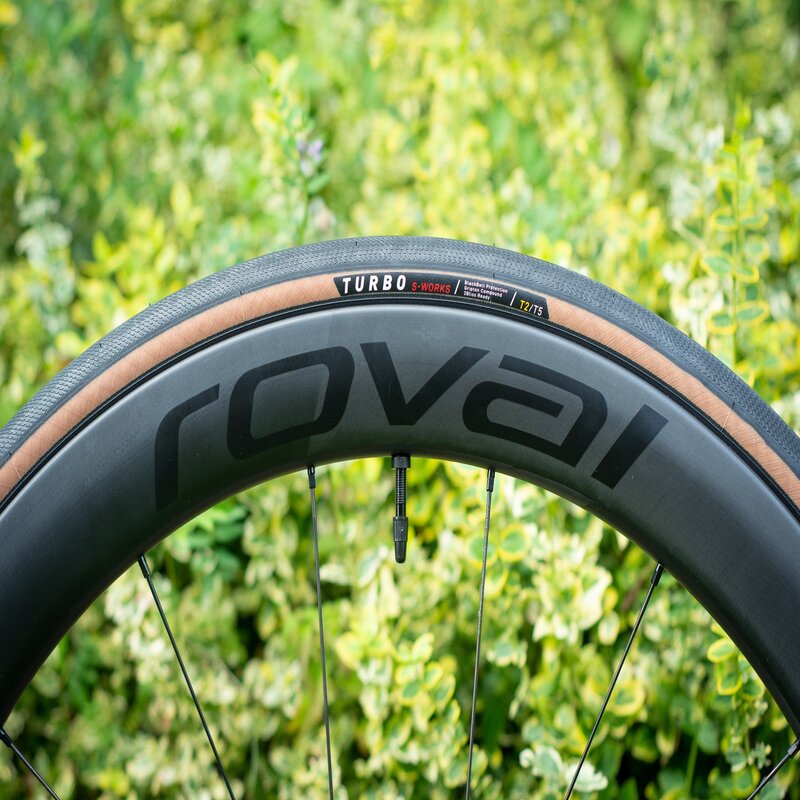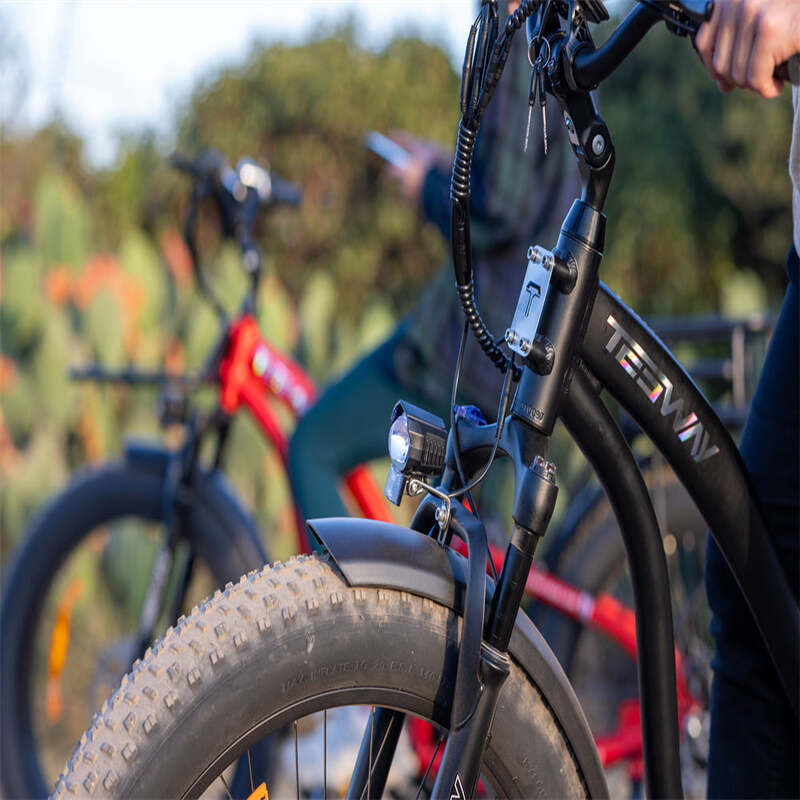Understanding Bicycle Rolling Resistance
Rolling resistance is the force slowing down a bicycle when tires roll on a surface. This friction-dependent force must be overcome to maintain movement. It affects the effort needed to pedal and influences ride speed. Several variables impact rolling resistance including tire pressure, tire construction, road surface, and tire width. Reducing rolling resistance means a smoother, faster ride with less energy expended. To lessen rolling resistance, optimize tire pressure, choose the right tire type, and consider surface conditions when riding. Proper understanding and adjustments can enhance cycling performance significantly.
Factors Influencing Bicycle Rolling Resistance
Rolling resistance is a key factor in cycling performance. It can slow down a bike, requiring more effort to pedal. Several elements contribute to rolling resistance. These include the tire’s design, the material it’s made from, and its width. The smoothness of the riding surface also plays a role. Understanding these factors can help riders make informed choices. These choices could be about tire selection and bike setup. Proper knowledge can lead to a smoother, more efficient ride. Let’s look at each factor more closely and understand how they affect your ride.
Tire Design and Construction
The design of a bicycle tire influences rolling resistance. Tires with thin treads and high TPI (threads per inch) usually have lower resistance. They are more supple and thus roll more efficiently. However, they may be less durable and offer less puncture protection.
Tire Material
The material of the tire also impacts resistance. Softer rubber compounds provide better grip. Yet they may increase rolling resistance and wear out faster. Harder compounds might last longer but could reduce traction especially on wet surfaces.
Tire Width
Wider tires can offer a more comfortable ride. They may also have lower rolling resistance at the same pressure as narrower tires. Yet they could add weight and aerodynamic drag. Rider preference and the type of riding play a role in choosing tire width.
Road or Surface Texture
The surface you ride on affects rolling resistance too. Rough surfaces like gravel can increase it. Smooth, well-paved roads typically allow for better tire performance and lower resistance.

The Impact of Tire Pressure on Rolling Resistance
Tire pressure is pivotal for minimizing rolling resistance. Correct tire pressure allows a bike to roll with less effort and greater efficiency. Here are key insights into how tire pressure affects rolling resistance:
Proper Tire Inflation
Maintaining optimal tire pressure provides a balance between comfort and efficiency. Over-inflating tires hardens them, resulting in a harsher ride and increased road vibrations. Under-inflating creates too much tire surface contact, increasing rolling resistance and effort required to pedal.
The Breakpoint Phenomenon
Scientific studies show there’s a breakpoint in tire pressure. Beyond this breakpoint, too much pressure leads to increased impedance, negating the benefits of reduced rolling resistance. It’s essential to stay just below this threshold for the best performance.
Impact on Different Surfaces
The ideal tire pressure depends on the riding surface. Rougher surfaces amplify the effects of over-inflation, creating higher resistance. Conversely, softer surfaces may require slightly higher pressure to prevent increased rolling resistance.
Consistent Monitoring
Riders should continually check and adjust their tire pressure. Factors like changes in temperature, altitude, and tire wear affect pressure levels. Regular monitoring ensures that tire pressure stays within the optimal range for reduced rolling resistance.
Personalized Pressure Settings
Optimal tire pressure is unique to every rider. It depends on factors like weight, tire size, and ride preferences. Using a tire pressure calculator can help cyclists find their best setting for lower rolling resistance and a smoother ride.
By understanding the impact of tire pressure on rolling resistance, cyclists can make informed decisions for an optimized ride. Proper inflation is an easy yet effective way to improve cycling performance and enjoyment.
Surface Types and Their Effect on Rolling Resistance
Different surface types can significantly alter a bike’s rolling resistance. Smooth asphalt provides the least resistance, allowing tires to roll freely. However, rougher paths like gravel or cobblestone can drastically increase resistance, requiring more effort from the cyclist. Each surface interacts uniquely with tire treads and pressure, influencing speed and smoothness of the ride. Riders should consider the terrain when selecting tires and setting pressure levels for optimal performance.
Smooth Asphalt and Pavement
On well-maintained roads, rolling resistance is at its lowest. This makes for a faster and more efficient ride. Cyclists can maintain speed with less pedaling effort on these surfaces.
Gravel and Rough Terrain
Gravel roads cause tires to sink slightly and lose momentum. A bike faces higher rolling resistance here. More rugged conditions call for wider tires and carefully adjusted pressure.
Mixed Surfaces
Many rides include a mix of surface types. Cyclists should find a tire setup that balances performance across different terrains. A versatile tire choice can handle changes in surface with minimal impact on resistance.
Wet and Slippery Conditions
Wet conditions add a layer of complexity. Water reduces traction and potentially increases rolling resistance. Choosing tires with good wet grip is essential for safety and maintaining speed.

The Debate: Wider vs. Narrower Tires
When it comes to rolling resistance, one hot topic is tire width. Opinions vary on whether wider or narrower tires are better. Here, we dive into the debate to clarify this for riders.
Benefits of Wider Tires
For comfort, wider tires often win. These allow for lower pressure without increased rolling resistance. They provide a cushioning effect, absorbing road bumps and improving ride quality. Wider tires may also offer better grip, enhancing control and safety on turns.
Advantages of Narrower Tires
Narrower tires are typically lighter in weight, benefiting acceleration and climbing. They may offer less aerodynamic drag, appealing to racers focused on speed. Narrow tires often require higher pressure, which can translate to a perceived faster ride on smooth roads.
The Middle Ground
Many cyclists find a middle path best suits varied riding conditions. A tire not too wide for speed yet not too narrow for comfort might be ideal. It supports efficient cycling both on long straight roads and rougher terrains.
Choosing the Right Tire
The decision between wider and narrower tires is personal. It depends on factors like riding style, comfort needs, and the usual surfaces encountered. Finding the right balance can help optimize each cyclist’s performance and enjoyment.
In sum, wider tires can reduce rolling resistance on rough surfaces and offer comfort. Narrower tires might have advantages in weight and aerodynamics. Riders should weigh these factors based on their specific cycling activities. By doing so, they can make the tyre choice that fits their cycling profile and goals.
Tubeless, Clincher, and Tubular Tires: Rolling Resistance Compared
Choosing the right tire type is vital for managing rolling resistance. Tubeless, clincher, and tubular tires vary in how they affect your ride. This section compares these tire types. It will help you understand their impact on rolling resistance. Knowing this can guide you in selecting tires that fit your riding needs.
Tubeless Tires and Rolling Resistance
Tubeless tires can reduce rolling resistance. They lack an inner tube, which minimizes internal friction. Adding liquid sealant helps seal small cuts. This prevents air loss and punctures. Lower pressures are possible with tubeless tires, enhancing comfort and grip without increasing rolling resistance.
Clincher Tires: A Traditional Choice
Clinchers are the most common tire type. They use an inner tube inside an open casing. Clincher tires are easy to install and repair. They provide a good balance between weight, durability, and rolling resistance. Higher pressures might make clinchers feel faster.
Tubular Tires for Racing
Tubular tires are often used in racing. They have the inner tube sewn into the casing. Tubulars are then glued onto specific rims. They can be lighter than other types. This may aid in acceleration and climbing. However, they can be challenging to replace or repair mid-ride.
Summary: Tire Type and Resistance
Each tire type has pros and cons. Riders should choose based on preferred tire pressure, ease of maintenance, and types of surfaces ridden. Modern research suggests tubeless tires may offer the lowest rolling resistance. Yet, clinchers and tubulars remain popular for various reasons.

Practical Tips for Reducing Bicycle Rolling Resistance
Reducing rolling resistance makes for a smoother, more efficient ride. Keep these practical tips in mind when adjusting your bike:
- Choose the Right Tires: Tire choice significantly affects rolling resistance. Opt for a type and tread pattern suited to your usual surfaces. Softer compounds grip well but may increase resistance; harder ones last longer but might not grip as well.
- Adjust Tire Pressure: Find the optimum pressure for your weight and riding conditions. Stay below the ‘breakpoint’ pressure to avoid increased impedance. Check pressure often to ensure it’s within the ideal range.
- Check Tire Width: Wider tires can lower rolling resistance on rough roads without compromising comfort. Narrower tires might save weight and reduce aerodynamic drag. Consider your cycling needs when choosing tire width.
- Tire Maintenance: Regularly inspect tires for wear, cuts, and embedded debris. Replace worn-out tires to prevent increased resistance and potential punctures.
- Align Tires Correctly: Proper tire alignment prevents uneven wear, which can affect rolling resistance. Ensure your tires are correctly mounted for optimal performance.
- Minimize Added Weight: Extra weight can increase rolling resistance, so carry only essentials. Use lightweight bike accessories and components where possible.
- Plan Routes Wisely: Choose routes with smoother surfaces to decrease rolling resistance. Avoid rough and uneven paths when aiming for speed and efficiency.
By following these tips, cyclists can enjoy a reduction in rolling resistance. It leads to an easier, faster, and more enjoyable ride. Tailoring these adjustments to your personal cycling routine is key to optimizing performance.
Advanced Insights: The Role of Impedance in Bicycle Rolling Resistance
Understanding rolling resistance is crucial for cyclists, yet there’s a less-talked-about factor: impedance. Unlike the internal friction within the tire, known as rolling resistance, impedance stems from the interaction between the tire and the road surface. It becomes significant as the tire fails to properly absorb or adapt to surface irregularities. Let’s break down how impedance affects your ride and why it matters.
Impedance can be the difference in feeling like you’re gliding smoothly or like you’re dragging through sand. It kicks in when the tire’s ability to compress and conform to the road is overwhelmed, typically due to over-inflation, small size, or stiff construction. This results in a less efficient transfer of your pedaling energy to forward motion and ultimately slows you down.
Studies reveal there’s a pressure ‘breakpoint’ at which the benefits of lower rolling resistance are negated by increasing impedance. It’s a crucial consideration, especially on rough surfaces where higher tire pressure only exacerbates impedance. To stay on top of impedance, aim for tire pressures just below the breakpoint. This maintains low rolling resistance while mitigating the energy loss through impedance.
Different surfaces have varied impacts on impedance. A perfectly smooth surface might not present much impedance, allowing you to focus on minimizing rolling resistance. However, surfaces like rough roads or gravel significantly increase impedance, demanding a more nuanced tire pressure strategy for optimal performance.
Bear in mind, tires with a more supple casing and tread adapt better to surface imperfections, lessening the effect of impedance. Ultimately, impedance demands attention if you’re looking to maintain efficiency, speed, and comfort across varying terrains.
